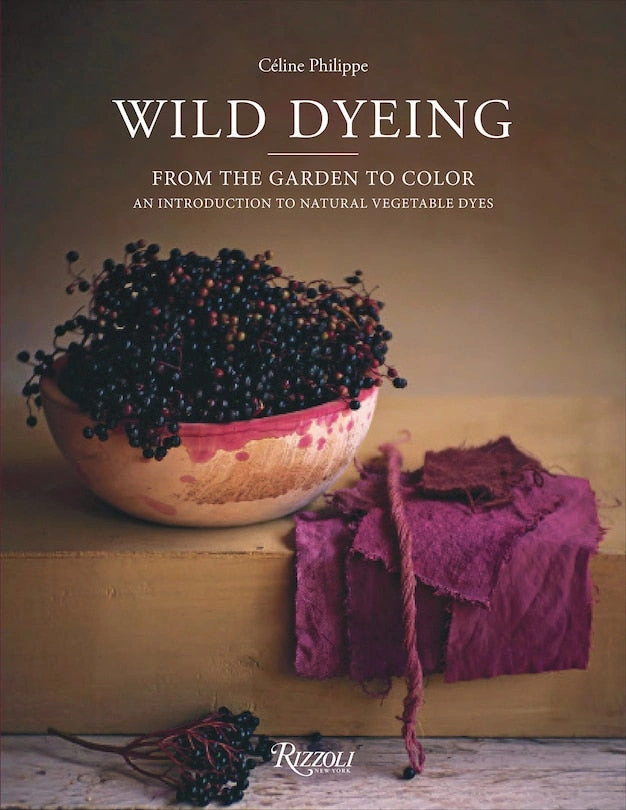Wild Dyeing: Naturally Vibrant Colors From Your Own Garden!

Wild Dyeing: Unleash Nature's Palette!
Dive into the vibrant world of natural dyeing! This isn't just a craft; it's a journey of discovery, transforming your garden's bounty into stunning, eco-friendly color for your textiles. Forget harsh chemicals and embrace the beauty of nature. Let's explore the basics and ignite your inner colorist!

Getting Started: Your Natural Dye Toolkit
Before you begin, gather your essential supplies. You'll need a dye pot (stainless steel is ideal), a heat source (stove or burner), mordants (to help the color bind to the fiber – alum is a popular choice), and your chosen fibers (wool, cotton, silk, etc.). Of course, don't forget the stars of the show: your dye plants! Common favorites include marigolds, onion skins, and madder root.

Plant Power: Sources of Nature's Color
Your garden is a treasure trove of color possibilities! Experiment with different plants to unlock a spectrum of hues. For example, onion skins offer warm yellows and oranges, while madder root yields rich reds. Eucalyptus leaves can create lovely greens, and black beans can surprisingly provide beautiful blues! Remember to document your experiments – each plant, each fiber, each step will yield different results!

From Garden to Garment: The Dyeing Process
The process involves several key steps:
- Preparing your fiber: Scour your fabric to remove any finishes or impurities.
- Mordanting: Treat your fiber with a mordant like alum. This helps the dye bind to the fibers, making the color more vibrant and lightfast.
- Dyeing: Simmer your dye plants in water, strain the solids, and then add your mordanted fiber. Simmer gently until you achieve your desired color.
- Rinsing and Drying: Rinse your dyed fabric thoroughly and dry it in a well-ventilated area, away from direct sunlight.
Beyond the Basics: Creative Projects
Once you've mastered the basics, the creative possibilities are endless! Experiment with Shibori techniques (tie-dyeing) for unique patterns, or create stunning ombre effects. Dyeing is also a wonderful way to give new life to old clothes, making your wardrobe more sustainable. Start with simple projects and slowly explore the diverse artistic potentials.
Embrace the beauty of natural dyeing and create textiles as unique as the plants that inspire them. Happy dyeing!

